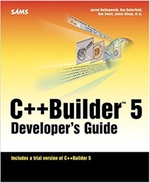Improved error handling in Slim 3 RC1
From RC1 of Slim 3, we have improved our error handling. We've always had error handling for HTML so that when an exception occurs, you get a nice error page that looks like this: However, if you're writing an API that sends and expects JSON, then it still sends back HTML: At least we set the right Content-Type and status code! However, this isn't really good enough. We should send back JSON if the client… continue reading.


